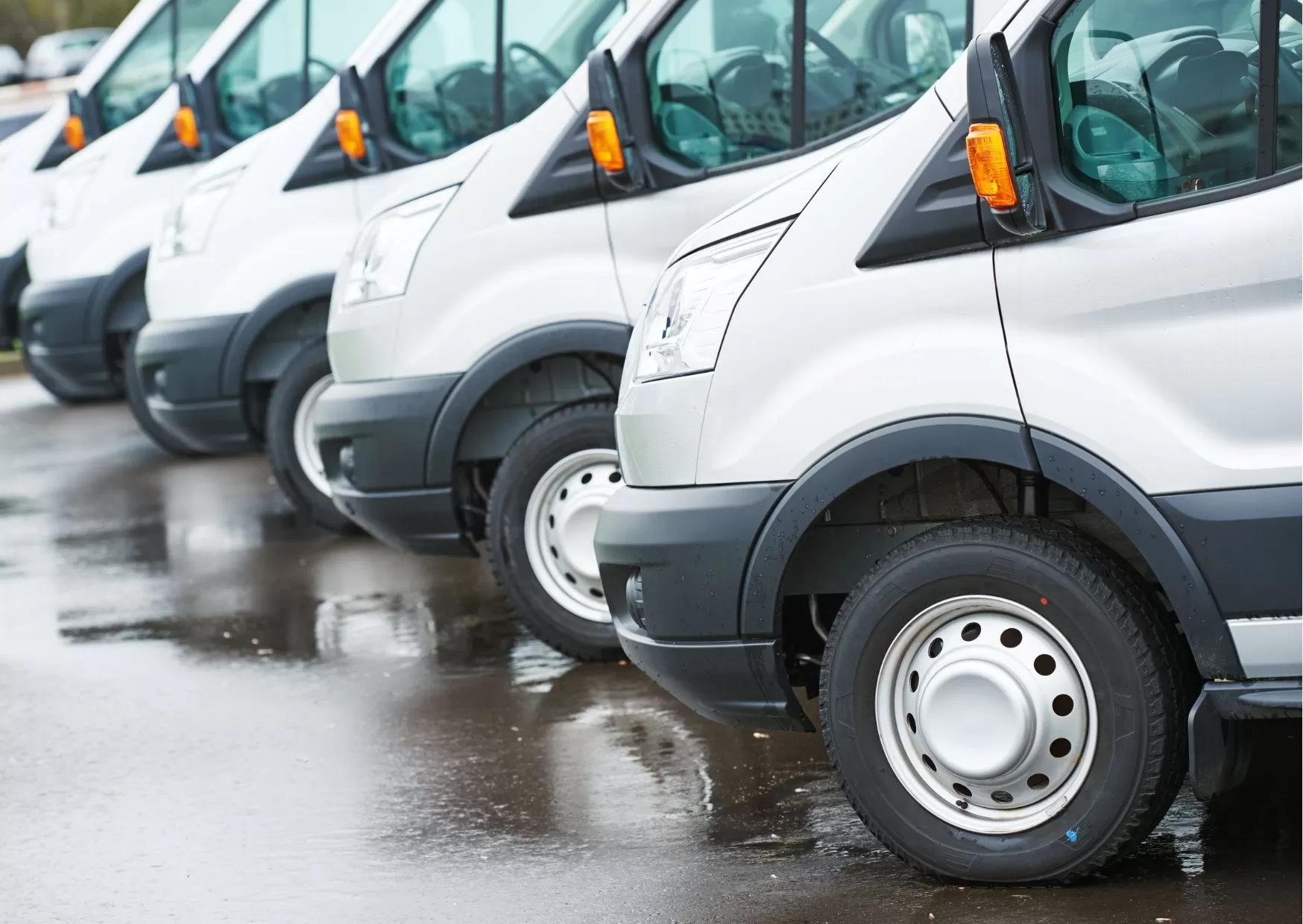Business owners who want to update their equipment or vehicles and a get tax break and should consider getting started soon. Vehicles and equipment placed in service in 2025 may be eligible for a Section 179 deduction which could increase your refund or reduce the taxes owed. Remember, always consult your CPA or Tax Advisor prior to purchase for guidance on reducing your taxes.
What Is the Section 179 Deduction?
The Section 179 deduction is one of the most valuable tax incentives available to small business owners. It allows you to immediately deduct the full purchase price of qualifying business vehicles and equipment instead of depreciating those costs over several years.
In plain terms, you can buy a new truck, van, or piece of equipment for your business this year — and deduct the entire cost on your 2025 taxes. That can mean a bigger refund or a smaller tax bill when you file.
Why Section 179 Matters for Small Businesses
For many small businesses, vehicles and equipment are essential assets — and often major investments. Section 179 helps ease the financial impact by improving cash flow and reducing taxable income in the same year the purchase is made.
For 2025, the maximum Section 179 deduction is $1.22 million, with a spending cap of $3.05 million. Once your total equipment purchases exceed that cap, the deduction begins to phase out.
This incentive applies whether you buy or finance your assets. That flexibility makes it easier to invest in growth without straining your working capital.
What Purchases Qualify for Section 179?
To qualify for the Section 179 deduction, equipment or vehicles must be used more than 50% for business purposes and placed in service by December 31, 2025. Eligible purchases include:
- Business vehicles such as trucks, vans, and certain SUVs used primarily for work
- Heavy equipment and machinery used in construction, manufacturing, landscaping, and similar trades
- Specialized equipment like trailers, forklifts, or agricultural machinery
Because these are tangible, income-producing assets, they can also serve as loan collateral, allowing you to finance your purchase while still claiming the full deduction.
How Section 179 Helps with Business Financing
Section 179 can play a key role in your year-end business financing strategy. By financing qualifying vehicles or equipment before the end of the year, you can:
- Acquire the assets your business needs right now
- Keep your cash reserves intact
- Deduct the entire financed amount under Section 179 (as long as it’s placed in service by year-end)
In other words, you get to grow your business now and enjoy the tax benefit this year — a win-win for both productivity and profitability.
Ready to take the next step? Our team is ready to help you explore your financing options can drive your business forward.
Frequently Asked Questions About Section 179
- What types of assets qualify for the Section 179 deduction?
Most tangible business property qualifies, including vehicles, machinery, and heavy equipment used primarily for business operations. - Can I claim Section 179 if I finance my purchase?
Yes. You can deduct the full purchase price even if you finance the asset — as long as it’s purchased and placed in service during the tax year. - What’s the difference between Section 179 and bonus depreciation?
Section 179 lets you choose which assets to expense immediately (up to the annual limit). Bonus depreciation can apply to new and used assets after you reach that limit, providing an additional deduction. - Do business vehicles qualify?
Yes — certain business-use vehicles are eligible. Heavy SUVs, trucks, and vans (weighing over 6,000 pounds) may qualify for larger deductions. Passenger vehicles have lower deduction limits. - When must I make the purchase?
The vehicle or equipment must be purchased and put into service by December 31, 2025, to claim the deduction for this tax year. Simply ordering before year-end isn’t enough. - How does Section 179 support business financing?
Because vehicles and equipment often serve as loan collateral, you can finance your purchase, conserve cash, and still claim the full deduction — helping you grow while lowering your tax bill.





